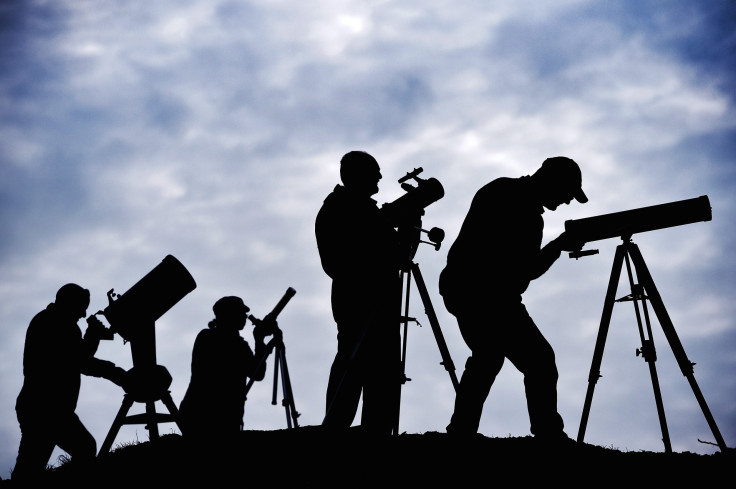How To Watch A Live Stream Of The 2017 Solar Eclipse

Nature will provide one of the most jaw-dropping performances known to man. North American viewers will have front-row seats to the Great American Solar Eclipse on Monday. It's best to witness a spectacle of this magnitude in person, of course, but not everyone has the luxury of free time during the workweek.
For those unable to step away from work or other important responsibilities, fret not — several websites are live-streaming the solar eclipse for a viewing convenience.
NASA will provide two live-streams of the event. One will cover the eclipse across the U.S. and the other will broadcast from Carbondale, Illinois, right along the path of totality, which stretches about 70 miles from Oregon to South Carolina — featuring the best view of the eclipse.
Observers worldwide will be able to see images captured before, after and during the solar eclipse via spacecraft, aircraft and 50 high-altitude balloons, all manned by astronauts inside the International Space Station.
There is a long list for available online live-streams.
NASA’s Eclipse Across America live-stream takes place from 12 p.m. to 4 p.m. and will show live coverage of the eclipse from 12 locales, featuring live coverage of eclipse-related events held nationwide. Viewers can watch on NASA’s website, YouTube and Facebook live.
Live Science will launch a stream Monday via their website. Users can follow LiveScience on Twitter for images and up-to-the-minute coverage.
CNN and Volvo will provide the Eclipse of the Century, which will show the eclipse from the path of totality, from a live, 360-degree perspective.
Exploratorium: San Francisco’s science museum will start its live-stream at 12 p.m. EDT, with telescopes stationed in Wyoming and Oregon.
Montana State University: 55 high-altitude balloons teams will work with NASA to provide views of the eclipse from the stratosphere. Watch the webcast live from the Eclipse Across America website.
Slooh: Starting at 11:30 p.m. EDT, Slooh will show live coverage of the eclipse from Stanley, Idaho, with multiple telescopes feeds located in the path of totality.
Millions of Americans will watch the eclipse, while the workforce is expected to take a major hit from the gawking. The eclipse is reportedly projected to cost the county’s workforce $700 million in lost productivity.
American employers will see at least $694 million in lost production, while Americans will take an estimated 20 minutes of idle time to watch the eclipse, outplacement firm Challenger, Gray & Christmas told Reuters Friday.
Twenty minutes is a rough estimate, some Americans may take longer to set up their telescopes and other viewing apparatuses, according to Andy Challenger, vice president of Challenger, Gray & Christmas.
"There's very few people who are not going to walk outside when there's a celestial wonder happening above their heads to go out and view it," Challenger said.
Events like the eclipse profoundly affect the productivity of smaller companies, Challenger said. When workers take time off, small businesses may not be able to cover the lost man power.
"When three or four people are missing from an office of 15, it's a lot more disruptive," he said.
© Copyright IBTimes 2025. All rights reserved.





















